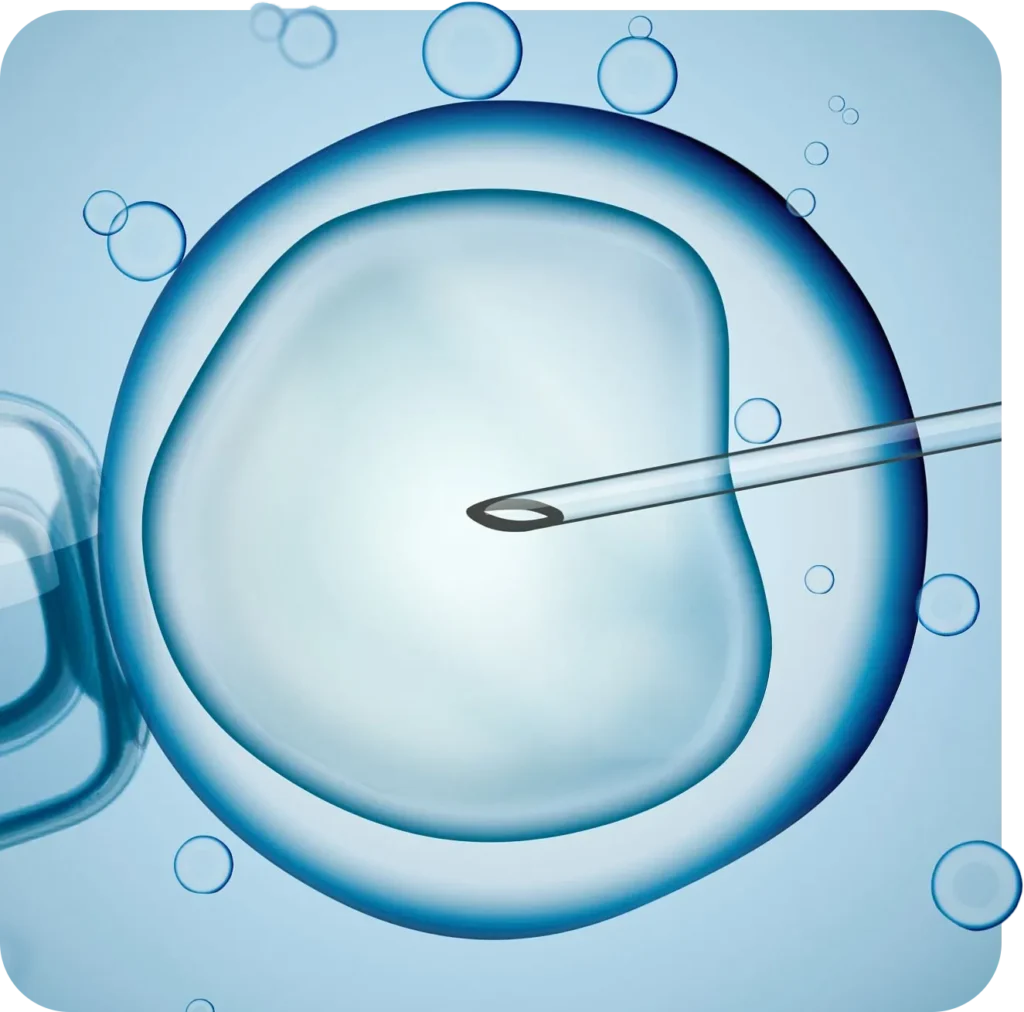Stem cells are distributed in various tissues and stages of life. Some sources are present only once (at birth), while others are available even in adulthood. Each type has its own characteristics and limitations, which determine its clinical or experimental use.

The embryonic stem cells (ESC) appear in the very first days after fertilization, within the blastocyst. They are pluripotent: they can give rise to any cell in the human body.
However, they cannot be harvested for clinical use: they are only accessible in basic research laboratories and, for ethical and legal reasons, are not used in therapy.
The birth represents a unique moment to collect stem cells, available only once in a lifetime:
The collection of blood, tissue, and placenta is non-invasive, safe, and painless, for both the mother and the newborn.
Even after birth, the body retains reserves of stem cells.
Among adult sources, peripheral blood and adipose tissue offer simple and safe collections.
Thanks to cellular reprogramming, today we can create induced pluripotent stem cells (iPSC) starting from adult cells, such as PBMCs from peripheral blood.
iPSCs are an ethical alternative to embryonic cells and have already revolutionized research in biomedicine.
Cell phone source | Phase of life in which one gathers | Cell type | Possible uses | Ease of collection and security |
|---|---|---|---|---|
Embryonic stem cells (ESC) | Days 5–7 post-fertilization (blastocyst) | Pluripotent | Basic research only, not clinical collection | ❌ Non collectible |
Cord blood | At birth | Hematopoietic | Consolidated transplants for over 80 hematological and immunological diseases | ✅ Simple, non-invasive collection |
Corded fabric | At birth | Mesenchymal | Experimental clinical studies (cartilage, bone, muscle) | ✅ Simple, non-invasive collection |
Placenta | At birth | Hematopoietic + mesenchymal | Research and perspectives in immunology, oncology, and regeneration | ✅ Simple, non-invasive collection |
Bone marrow | Adulthood | Hematopoietic | Consolidated transplants, historical collection | ⚠️ Invasive collection (anesthesia) |
Peripheral blood (PBMC) | Adulthood | Mononucleate → iPSC | Base for generating pluripotent iPSC cells; research and future clinical prospects | ✅ Blood draw: safe, non-invasive |
Adipose tissue (SVF) | Adulthood | Mesenchymal | Experimental applications in orthopedics and regenerative medicine | ✅ Minimally invasive, safe procedure |
Thanks to certified and secure processes, we offer quality services that meet the highest standards in the biotech industry.

Certified Swiss Biotech company a leader in stem cell preservation.
